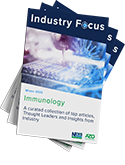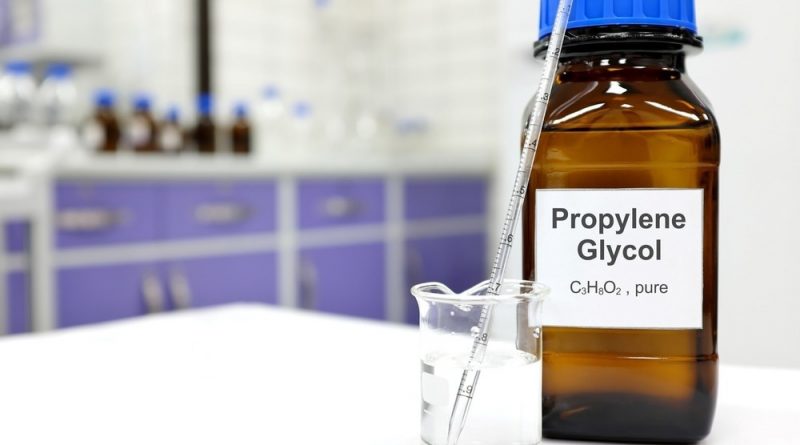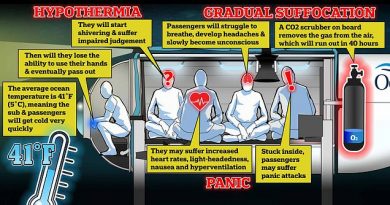Propylene glycol prevents airborne transmission of respiratory viruses

 *Important notice: bioRxiv publishes preliminary scientific reports that are not peer-reviewed and, therefore, should not be regarded as conclusive, guide clinical practice/health-related behavior, or treated as established information.
*Important notice: bioRxiv publishes preliminary scientific reports that are not peer-reviewed and, therefore, should not be regarded as conclusive, guide clinical practice/health-related behavior, or treated as established information.
In a recent study posted to the bioRxiv* preprint server, researchers in the United Kingdom assess the ability of propylene glycol (PG) to inactivate infection caused by respiratory viruses and prevent airborne transmission.

Study: Propylene glycol inactivates respiratory viruses and prevents airborne transmission. Image Credit: sulit.photos / Shutterstock.com
Approaches to reduce viral transmission
The use of masks, physical distancing, lockdowns, and travel restrictions are some of the public health and societal strategies used to control respiratory virus transmission. Other ways to eliminate viruses from the environment include increasing ventilation along with frequent disinfection; however, both of these approaches are associated with certain limitations, such as the possible effects of extended and extensive disinfectant use on health and the environment.
Mice exposed to airborne influenza might be protected by PG vapor. PG vapor has also been shown to reduce vaccination- and influenza-mediated mortality in chick embryos. Nevertheless, the effect of PG on the infectivity of viral particles has yet to be directly evaluated and, as a result, remains poorly understood.
About the study
In the present study, researchers examine the virucidal effect of PG and whether it can inhibit respiratory virus transmission through droplet, fomite, and aerosol pathways.
To determine whether PG has virucidal activity, the team studied the influenza A virus (IAV), which causes seasonal outbreaks among humans and birds. Infectivity was assessed by titrating IAV treated with various doses of PG. To test the translational ability of PG-mediated virucidal action against IAV, in vivo inhalation of IAV followed by treatment with PG was also assessed.
To investigate the broader usage of PG activity in response to pathogenic viruses, a pseudovirus system was engineered to express viral envelope glycoproteins found in a variety of human pathogens such as several strains of the severe acute respiratory syndrome coronavirus 2 (SARS-CoV-2), 229E and NL63 seasonal coronaviruses, Ebola, and the Middle Eastern respiratory syndrome coronavirus (MERS).
Infection by airborne SARS-CoV-2 and IAV was stimulated through the use of a transmission tunnel system. Herein, permissive cell monolayers at various distances within the transmission tube were exposed to airborne virus droplets in the presence of vaporized PG concentrations ranging between 0 mg/L to 11 mg/L air. After exposure, the area of the viral plaque was calculated.
Study findings
PG significantly inhibited IAV infection of cultured cells, whose virucidal activity was dependent on PG concentration and viral incubation period. IAV inactivation mediated by PG was temperature-dependent, as virucidal activity at skin and nasal temperature of 32°C and body temperature of 37°C relative to 20°C.
Immunology eBook

At physiological temperatures, the team noted that 60% PG decreased IAV infectivity by almost 10,000-fold within five minutes, with its antiviral efficacy reaching undetectable amounts after 30 minutes. This revealed that PG has significant virucidal properties. Furthermore, 20% PG produced the lowest statistically significant decrease in IAV infectivity detected at nasal temperature.
Mice infected IAV and subsequently treated with IAV survived longer and exhibited less clinical symptoms than untreated mice. Three out of five mice infected with IAV only displayed very poor clinical scores.
PG inactivated the SARS-CoV-2 IC19 strain with greater efficacy than when used to treat IAV infection. After one minute of 50% PG treatment at room temperature, the infectivity of SARS-CoV-2 declined by over 1,000-fold, thus demonstrating persistent virucidal activity.
PG also effectively decreased the infectiousness of the enveloped double-stranded deoxyribonucleic acid (DNA) g-herpesvirus Epstein Barr (EBV). Like SARS-CoV-2 and IAV, PG exhibited a strong virucidal response against EBV, as demonstrated by a more than 1,000-fold decrease in viral titers following incubation with 50% PG.
A bioluminescence-based assay examining infectivity showed that PG dramatically inhibited the ability of every pseudovirus to infect cells and limited their entry into vulnerable cells in a dose-dependent way. While PG consistently reduced infectivity, the amount required to elicit this effect differed across the various glycoproteins released by pseudoviruses. This reflects the varying specific potency of PG against SARS-CoV-2, EBV, and IAV viral particles.
PG vapor attenuated the infectiousness of airborne SARS-CoV-2 and IAV in a dose-dependent manner and eliminated infection within a distance of less than 1 meter. Similar to PG in nebulized droplets, the vapor form of this treatment exhibited more effective virucidal activity as compared to PG in solution.
Efficient and quick PG-mediated inactivation of airborne SARS-CoV-2 and IAV was observed at viral concentrations exceeding the predicted amounts ejected by speaking or coughing. Moreover, 1.5 mg PG/L air was found to effectively eliminate infectivity when less IAV amounts were nebulized into the tunnel to simulate an amount equivalent to numerous human coughs.
Conclusions
PG vapor was found to be an excellent candidate for restricting different viral infections through multiple routes, such as aerosol, fomite, and droplet transmission. Taken together, the study findings demonstrate PG to be an economical and effective virucide that was safe to consume and inhale, particularly when compared to other fumigation systems and disinfectants. The prospective implementation of PG as an infection prevention tool and virucidal deserves additional exploration.

 *Important notice: bioRxiv publishes preliminary scientific reports that are not peer-reviewed and, therefore, should not be regarded as conclusive, guide clinical practice/health-related behavior, or treated as established information.
*Important notice: bioRxiv publishes preliminary scientific reports that are not peer-reviewed and, therefore, should not be regarded as conclusive, guide clinical practice/health-related behavior, or treated as established information.
- Preliminary scientific report. Styles, C. T., Zhou, J., Flight, K. E., et al. (2023). Propylene glycol inactivates respiratory viruses and prevents airborne transmission. bioRxiv. doi:10.1101/2023.02.13.528349. https://www.biorxiv.org/content/10.1101/2023.02.13.528349v1
Posted in: Medical Science News | Medical Research News | Disease/Infection News
Tags: Assay, Bioluminescence, Cell, Coronavirus, Coughing, Disinfectant, Disinfection, DNA, Efficacy, in vivo, Influenza, Mortality, Pseudovirus, Public Health, Respiratory, Respiratory Virus, SARS, SARS-CoV-2, Severe Acute Respiratory, Severe Acute Respiratory Syndrome, Skin, Syndrome, Virus

Written by
Bhavana Kunkalikar
Bhavana Kunkalikar is a medical writer based in Goa, India. Her academic background is in Pharmaceutical sciences and she holds a Bachelor's degree in Pharmacy. Her educational background allowed her to foster an interest in anatomical and physiological sciences. Her college project work based on ‘The manifestations and causes of sickle cell anemia’ formed the stepping stone to a life-long fascination with human pathophysiology.
Source: Read Full Article



